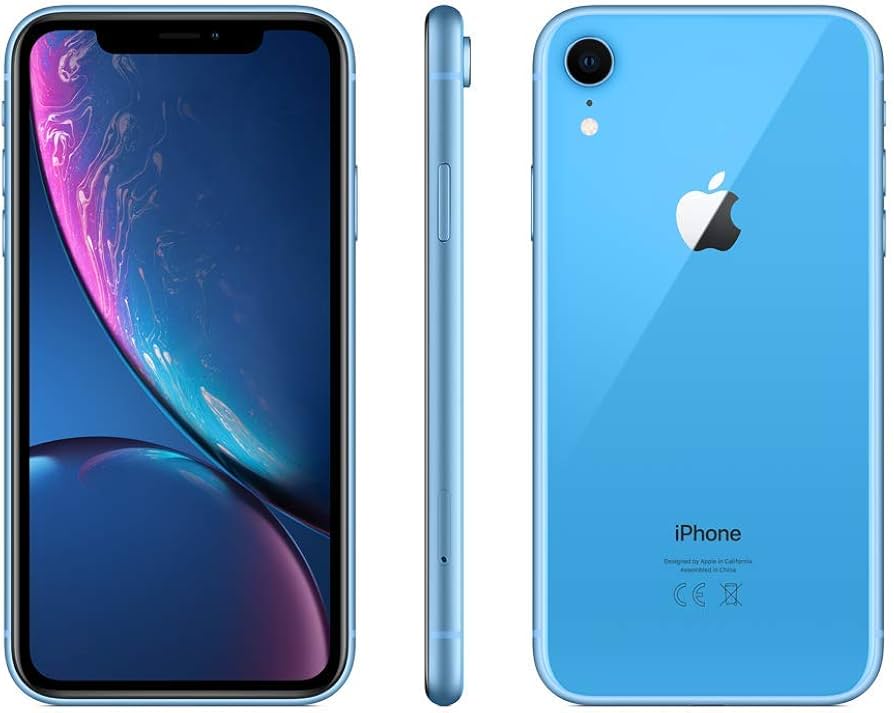
Samsung’s eagerly awaited “Project Moohan” headset debuted earlier this week. The virtual reality headset has dropped its codename and is now officially named the Samsung Galaxy XR.
If you’re on the hunt for a VR headset, you’ve probably noticed the market has become quite saturated. Meta Quest 3 has been dominating the sector with its attractive pricing. Meanwhile, the Apple Vision Pro has carved out its own mixed-reality space, despite facing significant challenges associated with AR/VR headsets.
Now, a fresh competitor has emerged: The Samsung Galaxy XR. How does it measure up? Mashable has already conducted a comparison with Meta’s headset. Now, let’s examine how Samsung’s latest VR headset compares with the Apple Vision Pro regarding specifications, pricing, and features.
Samsung Galaxy XR vs. Apple Vision Pro: Price
The Samsung Galaxy XR appeared to be a premium option compared to the $499 entry point of the Meta Quest 3. With a price tag of $1,799.99, the Samsung Galaxy XR is certainly not budget-friendly.
However, in contrast to the Apple Vision Pro, the Samsung Galaxy XR seems like the more economical choice. The starting price of the Apple Vision Pro is a staggering $3,499, nearly double that of the Samsung Galaxy XR.
Once again, neither option is inexpensive. The Meta Quest 3’s cost makes it more attainable for the average consumer, but its specs don’t measure up to those of the Galaxy XR and Vision Pro. Nonetheless, the Samsung Galaxy XR occupies a strategic position between the significant pricing disparity of Meta’s and Apple’s headsets.
Samsung Galaxy XR vs. Apple Vision Pro: Specs
Both the newly released M5 Vision Pro and Samsung Galaxy XR represent high-end products, but Samsung leads in some vital aspects. It features superior displays, boasting 4,032 pixels per inch compared to Apple’s 3,386 PPI. Moreover, Samsung’s headset is lighter.
Of course, the Vision Pro showcases Apple’s distinctive design and the visionOS interface.
Here are the core specs for the Samsung Galaxy XR:
– Two 4K micro-OLED displays with a resolution of 3552×3840 per eye, totaling 29 million pixels, and a refresh rate of up to 90Hz
– Snapdragon XR2+ Gen 2 chipset
– 109-degree horizontal, 100-degree vertical field of view
– Eye tracking and iris recognition included
– 256GB storage
– 16GB RAM
– Weighs 545g
Apple has just launched the latest iteration of the Apple Vision Pro with the M5 chip. Here are the specifications for its basic model:
– Dual Micro-OLED displays with 23 million pixels and a refresh rate of 120Hz
– M5 chip (10-core CPU, 10-core GPU, 16-core Neural Engine) and the R1 chip for reduced latency
– Stereoscopic 3D main camera system featuring multiple world-facing and eye-tracking cameras
– 256GB storage
– 16GB RAM
– Weighs 600g
Breaking this down further, in terms of display, the Apple Vision Pro offers a superior refresh rate, while the Samsung Galaxy XR delivers a clearer image with more pixels.
The operating systems also play a crucial role in contrasting the two devices. The Samsung Galaxy XR is the first headset to utilize Google’s Android XR operating system. For those already familiar with Android, this could be a welcomed feature in a VR headset. However, Android XR is not exclusive to the Samsung Galaxy XR, as other headset manufacturers are also set to adopt Google’s new OS. On the flip side, akin to other Apple products and their corresponding operating systems, the visionOS on the Apple Vision Pro will be proprietary to Apple’s headset.
Yet perhaps the most distinguishing specification lies in the hardware powering the devices. While the Samsung Galaxy XR features the powerful Snapdragon XR2+ Gen 2 chipset, this component is designed primarily for mobile devices. In contrast, the Apple Vision Pro operates using chipsets developed for Apple’s Mac computers—whether it’s the M2 version or the more advanced M5—resulting in significantly higher processing capabilities for the Apple Vision Pro compared to the Galaxy XR’s Snapdragon XR2+ Gen 2.
Samsung Galaxy XR vs. Apple Vision Pro: Controls
Both the Apple Vision Pro and Samsung Galaxy XR are equipped with a tracking system embedded within the headset that monitors both the user’s eyes and hands. This functionality allows users to navigate the device without the need for a controller, which is often essential for other headsets like the Meta Quest 3.
Nevertheless, the Samsung Galaxy XR also provides an optional dual controller feature, absent in the Apple Vision Pro. This may appeal to gamers who are accustomed to using controllers.
Samsung Galaxy XR vs. Apple Vision Pro: Battery
Neither Apple nor Samsung has introduced an innovative breakthrough regarding battery packs for VR headsets.
Both brands provide a battery that is separate from the headset itself, likely due to the discomfort of wearing either headset for extended durations with the added weight of an integrated battery. As a result, both the Samsung Galaxy XR and Apple Vision Pro require users to manage the additional equipment.